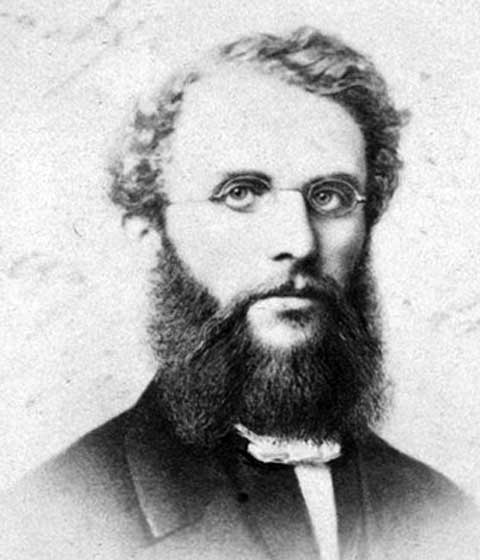Life and ministry
Carl Wilhelm Isenberg was born in Barmen in 1806. Like most citizens of this city at that time, the Isenberg family belonged to the Reformed Church.
After his study at Basle Mission Institute he taught Greek there. Isenberg was ordained as a missionary by the Anglican Church Missionary Society in 1832. He learned Arabic and Amharic in Cairo and then moved with Gobat to Adwa. Isenberg stayed there from 1834 until his expulsion in 1838. His work included the revision of a Four Gospels translated into Tigrinya by däbtära Matewos Awstoli (i.e. Apostoli).
In 1839, Isenberg travelled to Shewa together with Krapf. Isenberg drafted Amharic literature for missionary schools. In 1840, he moved to England and prepared these and some linguistic publications for printing. The religious and educational texts were mainly used by workers connected to St. Chrischona Pilgrim mission in Ethiopia and Jerusalem.
Isenberg returned to Tigray in 1842, yet had to leave the region again in 1843. The following year, Isenberg helped Thomas Pell Platt revise the Amharic Pentateuch, which had been translated by Abba Abraham (alias Abu Rumi).
In the meantime, the Church Missionary Society changed its policy and focussed its efforts on non-Christian communities. Isenberg was sent to Mumbai (formerly known as Bombay)
1844, the Church Missionary Society assigned Isenberg to West India. He served there for around twenty years as a school inspector and as a preacher and teacher for young Christians in the Marathi language. For several years Isenberg published the Bombay Record, a journal designed to stimulate interest in foreign missions.
Isenberg spent the years 1852 to 1854 in Europe. Among other things, he raised funds for distributing one million Chinese Bibles and taught future missionaries Amharic at St Chrischona.
During his second stay in India, Isenberg attached great importance on witnessing to non-Christians in Mumbai and the rural Deccan areas. At a mature age, he was less confrontational than during his time in Ethiopia.
In 1860, Isenberg moved to a village called Sharanpur to preach in that area and to work in a Christian center with an orphanage. In addition to Indian children, there were dozens of orphans from Africa, mainly Yao (from Lake Malawi), Oromo and Swahili. In addition to school lessons, the children also learnt a trade.
In 1864, Isenberg was diagnosed with cancer. He returned to Germany and passed away in Korntal in October 1864.
Shortly afterwards, some Sharanpur school leavers—including two Oromo women married to two Yao men named Jones and Semler— travelled to Mombasa and entered the service of the Church Missionary Society. A year later, another group of orphans from Sheranpur traveled to Africa and joined Livingstone in missionary service.
Picture

(adapted from a picture at Basel Mission Archives)
Further reading
» Bibliography with links